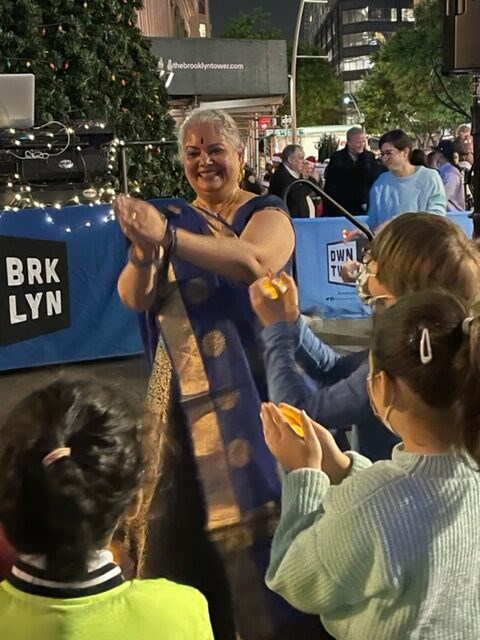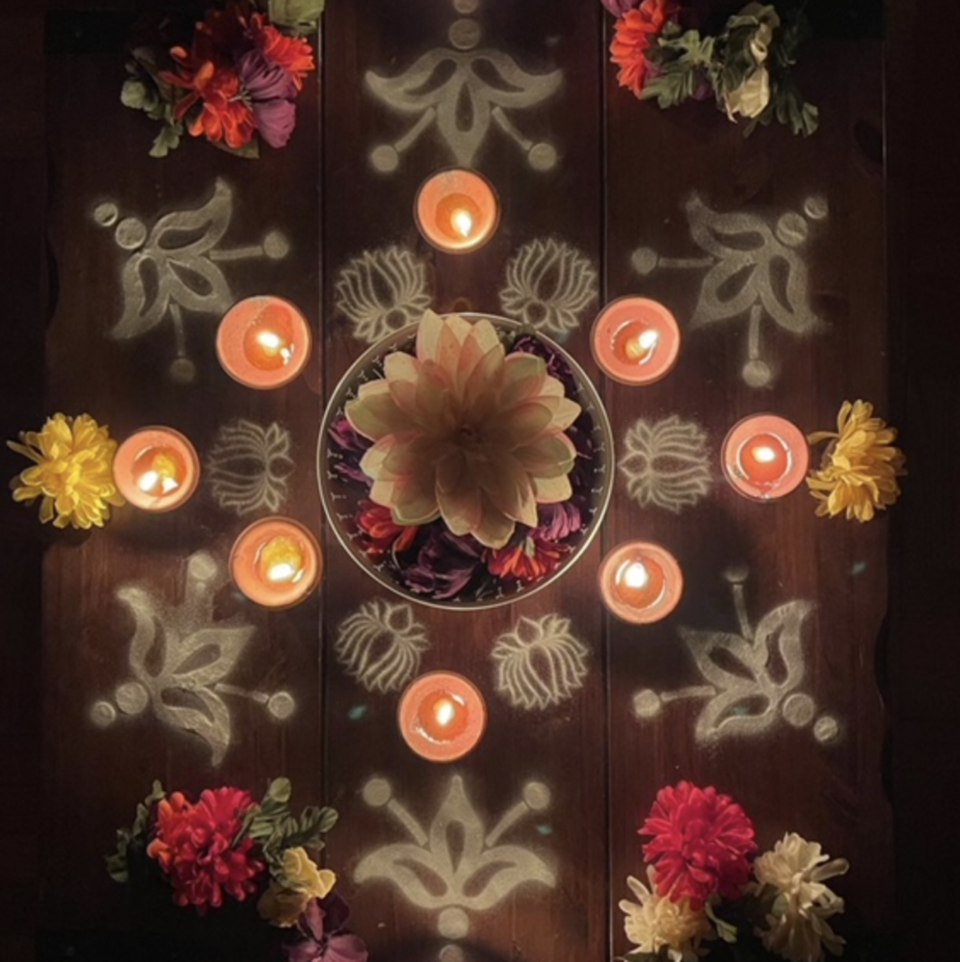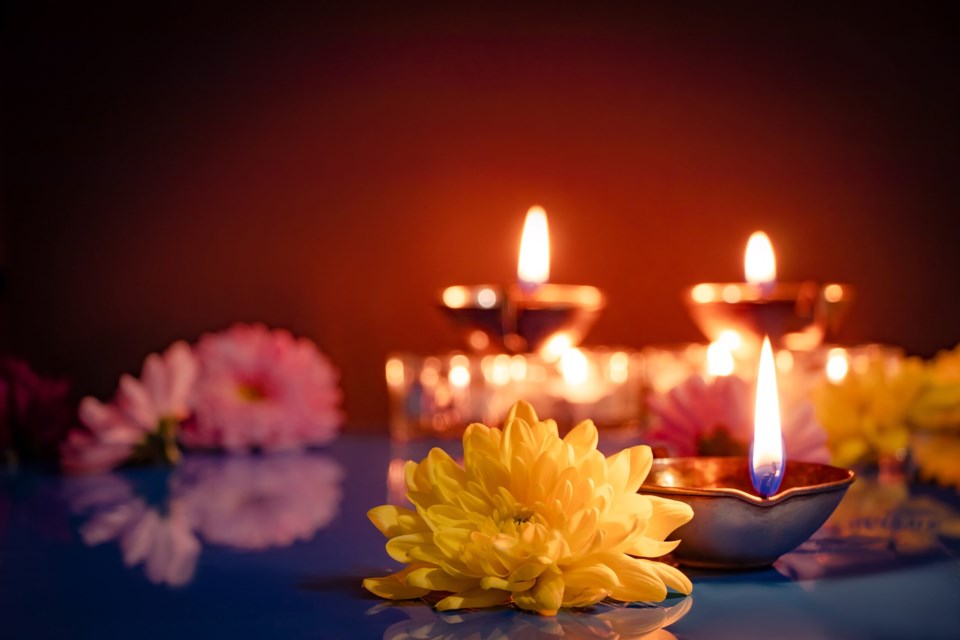Diwali is the biggest holiday of the year in India, South Asia and across the Hindu diaspora.
The five-day Hindu festival celebrates the triumph of good over evil, light over dark and knowledge over ignorance. The festival is celebrated by lighting fireworks, candles, clay oil lamps, called diya, and decorating the home with marbled sand mandalas, called rangoli, each day of the holiday. Diwali falls on the last day of the five-day festival. Throughout the festival, families pray for blessings in the new year and gather with loved ones to eat special treats and exchange gifts.
The holiday, which also represents the new year on the Hindu lunar calendar, began on Nov. 10 this year, and is observed today, Nov. 12.

Usually occurring in October or November on the lunar calendar, the celebration dates back more than 2,500 years. Over the years, Diwali has become a national festival in India that is celebrated by non-Hindu communities as well including Sikhs, Jains, Buddhists and atheists.
"Diwali is just a joy — the brightness it brings, the whole family coming together," Aeilushi Mistry said.
Mistry is a Hindu practitioner who teaches traditional Indian dance at local public schools.
She has lived in Bay Ridge for the past 17 years and works with the Brooklyn Arts Council Arts in Education and Folk Arts Program where she holds the Hindu Lamp Ceremony at Brooklyn Bridge Park each year.
Mistry spoke with the BK Reader while in her kitchen, making a deep-fried Diwali treat, called chakri.
"I love the hustle and bustle decorating and cleaning the house, making all the displays, preparing new clothing, helping each other in the neighborhood making all those mandalas — the whole community just comes together," Mistry said.
Diwali is part of a five-day festival that celebrates the story of Rama, an Indian king returning from a 14-year exile in the forest to take his seat on the throne. Rama was known to be an incarnation of Vishnu — the Hindu god who protects the universe from evil.
Rama was exiled by one of his father's wives, who wanted her son to be the king. Because Rama was the firstborn and first in line for the throne, his father's jealous wife sent Rama away. Rama's brothers sided with him, and Rama's wife Sita left her royal title to join him in exile.
After 14 years of travel in exile, King Rama and Sita followed a path lined with millions of lights home to the palace to take their rightful places in the palace, which is why lighting lamps is part of celebrating Diwali. The word Diwali is derived from a Sanskrit phrase meaning 'row of lights.'
"Rama's return is the triumph over darkness," Mistry said.

"The fireworks we set off remove the negativity from the surroundings, not just in the home, but the vibration, the sound and the light reaches the whole globe and charges the whole universe with the light and removes negativity. It's an old and very significant tradition."
There are over 226,000 Indian Americans residing in New York City, according to the 2018 American Community Survey. In Brooklyn alone, there are more than 30,000 individuals of Asian Indian descent.
Last year, Mayor Eric Adams announced that this year on Diwali, schools all over New York City will be required to give the day off so students can celebrate the sacred holiday with their families.
"Our public school calendar is not just a list of days off; it is a testament to New York City’s diversity, inclusiveness, and character," Mayor Eric Adams said in a statement to the press.
This year, Diwali — the last day of the five-day festival — will fall on Nov. 15. However, the day that it is observed by the state, Nov. 12, is a Sunday, so schools do not have the day off.
"By calling for Diwali to be marked as a public school holiday, we are celebrating our fellow New Yorkers’ traditions and the tradition of inclusiveness in the city we call home," Adams said.




